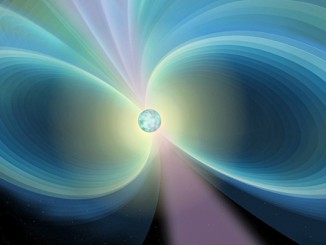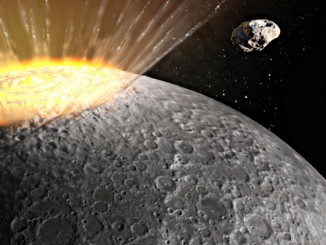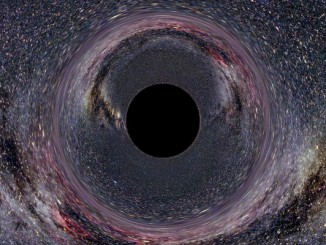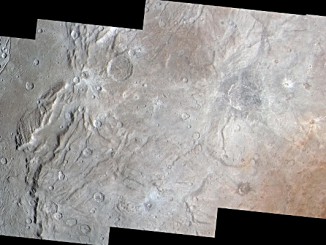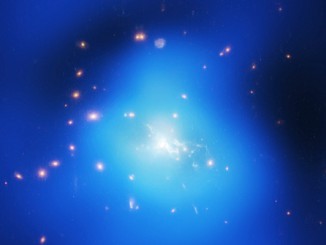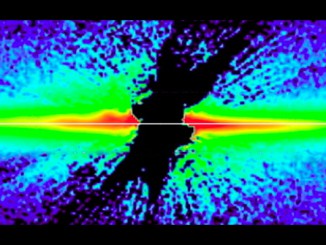
Mysterious ripples found racing through planet-forming disc
Astronomers using NASA’s Hubble Space Telescope and ESO’s Very Large Telescope in Chile have discovered never-before-seen moving features within the dusty disc surrounding the young, nearby star AU Microscopii. The fast-moving, wave-like structures are moving at 22,000 miles per hour — fast enough to escape the star’s gravitational pull.



